Shaken Baby Syndrome
Shaken Baby Syndrome (SBS) is a severe form of head injury that can happen when a baby is shaken hard enough to cause the baby’s brain to rebound or bounce against his or her skull. This causes bruising, swelling and bleeding, which can lead to permanent, severe brain damage or even death. When shaking occurs:
- The baby’s brain rotates within the skull cavity, destroying or injuring brain tissue
- A baby’s brain is immature and more easily injured by shaking
- Blood vessels leading to the brain can be torn, leading to bleeding in and around the brain
- Blood vessels around a baby’s brain are more susceptible to tearing than older children or adults
- Blood pools inside of the skull which can create more pressure within the skull and cause additional brain damage
- Retinal (back of the eye) bleeding is very common
- Shaking a baby may also cause damage to the spinal cord and neck and fractures of the ribs and bones
These injuries may not be immediately noticeable. Symptoms of Shaken Baby Syndrome include:
- Extreme irritability
- Lethargy
- Poor feeding
- Breathing problems
- Convulsions
- Vomiting
- Pale or bluish skin
Shaken baby injuries usually occur in children younger than 2 years old, but may be seen in children up to the age of 5.
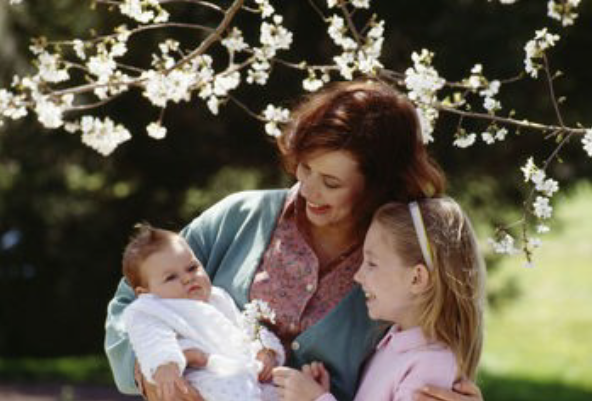
Number of Children Injured
A North Carolina research project published in the Journal of the American Medical Association states that approximately 1,300 U.S. children experience severe head trauma from child abuse every year. The same study revealed that approximately 30 per 100,000 children under age 1 suffered inflicted brain injures. Unfortunately there are not good statistics until a method for collecting such statistics is established. It has been recognized that SBS is the most common cause of mortality and accounts for the most long-term disability in infants and young children.
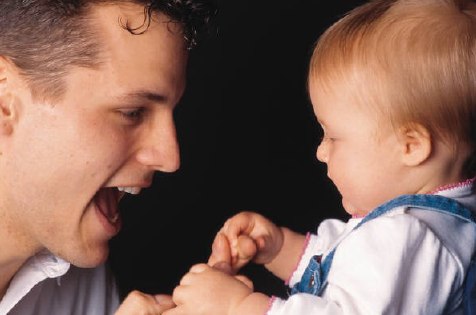
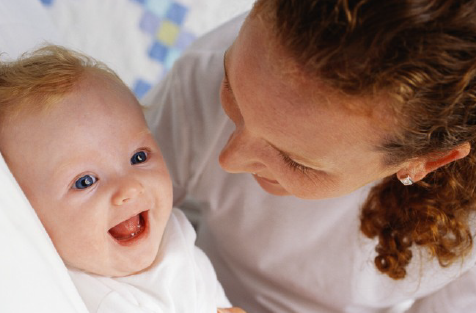
Treatment
Emergency treatment for a baby who has been shaken usually includes life sustaining measures such as respiratory support and surgery to stop internal bleeding and bleeding in the brain. Doctors may use brain scans, such as MRI or CT, to make a more definite diagnosis. Approximately 20% of cases are fatal in the first few days after the injury. The majority of the survivors are left with handicaps ranging from mild learning disorders, behavioral changes from moderate and severe such as profound mental and developmental paralysis, blindness, inability to eat or exist in a permanent vegetative state.
Prognosis
In comparison with accidental traumatic brain injury in infants, injuries to babies who have been shaken have a much worse prognosis. Damage to the retina of the eye can cause blindness. The majority of infants who survive severe shaking will have some form of neurological or mental disability, such as cerebral palsy or mental retardation, which may not be fully apparent before 6 years of age. Children with Shaken Baby Syndrome may require lifelong medical care.
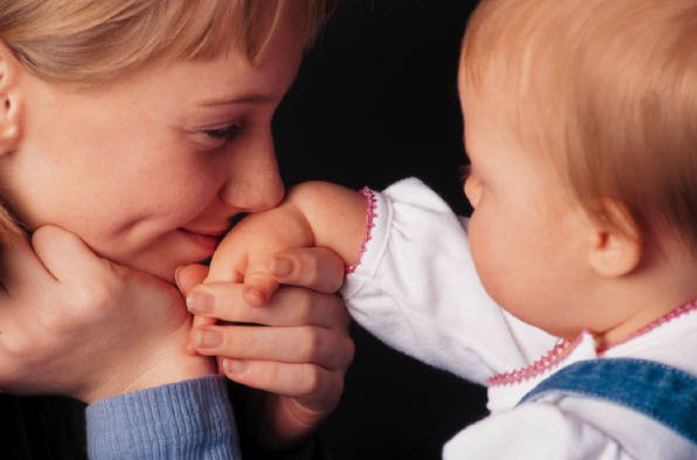
Physical Damage
Research has not given a firm answer to the exact number of shakes necessary to create injuries to a baby’s brain. Nor has it shown how long a person might typically shake a child in abusive circumstances. Shaking probably lasts a maximum of 20 seconds or less. In most cases the period of shaking is 5 to 10 seconds. To cause brain damage sufficient to allow clinical detection of the syndrome, severe force must be used. Perpetrators who have been convicted or confessed to shaking a baby show it is clear that to lift an infant and shake requires an adult or an adult-sized person.
Surveys indicate that two-thirds of people who shake infants or young children are males, often in their early 20’s. Most have no previous history of abuse offenses or substance abuse problems. Fifty percent tend to be the child’s natural parent. The other half includes boyfriends of the mothers and other caregivers who are not related to the baby.
Prevention
Shaking occurs most frequently when a caregiver loses control with an inconsolable crying baby. Crying two to three hours a day is considered average for infants from six weeks to three months of age. Even six hours of crying a day is still considered normal. After three months of age, crying will start to decrease. Although listening to a crying baby can be irritating and frustrating, caregivers need to remember crying is a baby’s only way to communicate needs and wants. No matter how long or hard a baby cries, NEVER SHAKE A BABY.
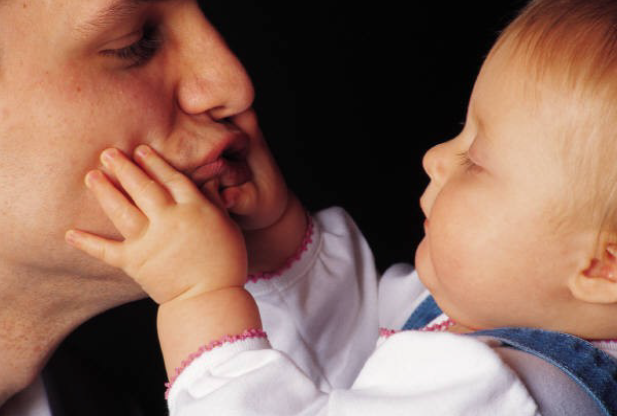
Resources
Child Crisis Center - East Valley, Inc. Preventing Shaken Baby Syndrome. Retrieved 7/17/07. Mesa, AZ.
National Center on Shaken Baby Syndrome. Retrieved 8/7/07. NCSBS
National Institute of Child Health and Human Development (NICHD), 2005, National Institutes of Health, DHHS, Bethesda, MD.
National Institute of Health. Retrieved 2/14/07. Bethesda, MD.
SBS Prevention Center at Massachusetts Citizens for Children 1-800-CHILDREN or MASS Kids
Fact Sheet--University of Nevada Cooperative Extension Shaken Baby Syndrome (Fact Sheet-07-49) contains definition, common symptoms, and prevention of SBS)
Kock, J.
2007,
Facts About Shaken Baby Syndrome (SBS),
Extension | University of Nevada, Reno, FS-07-48


